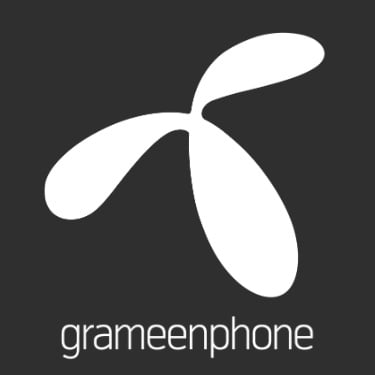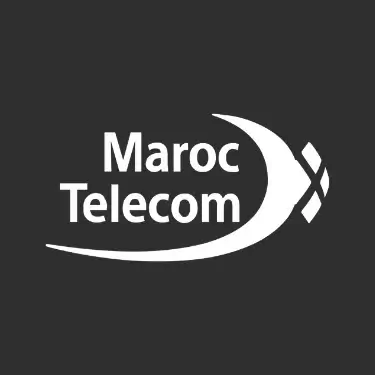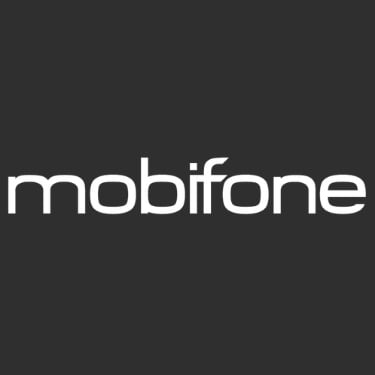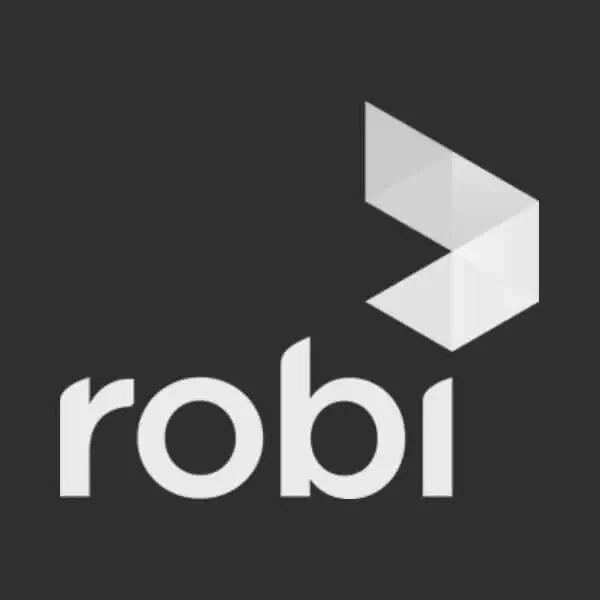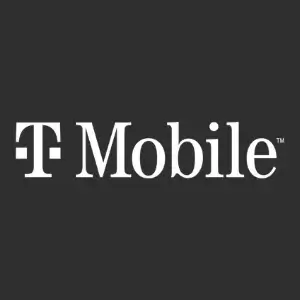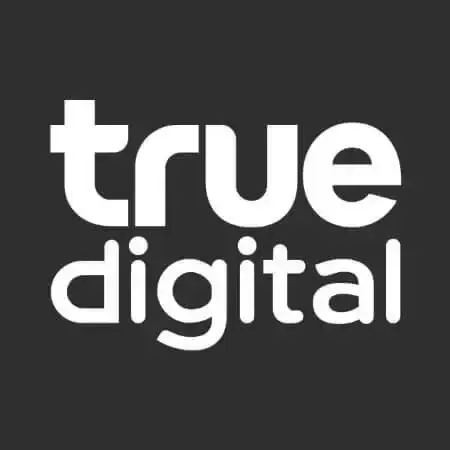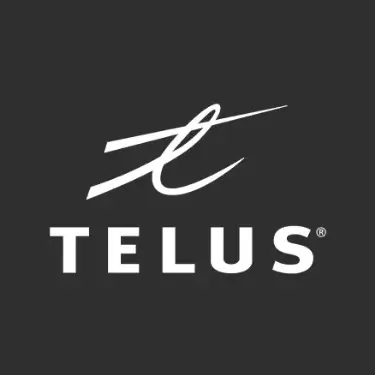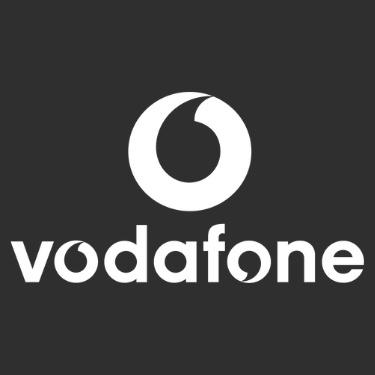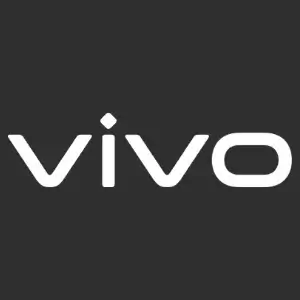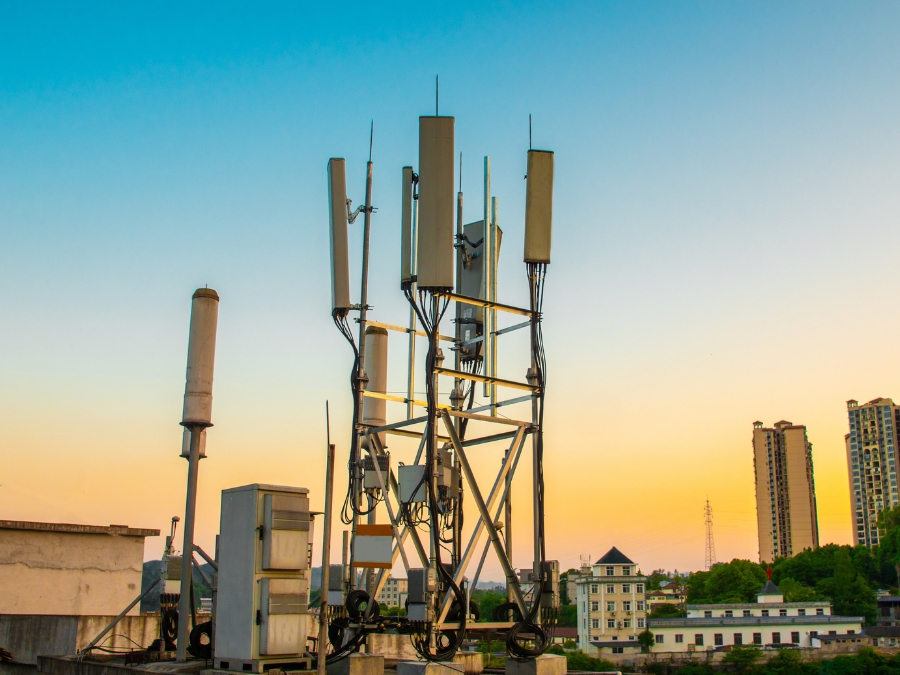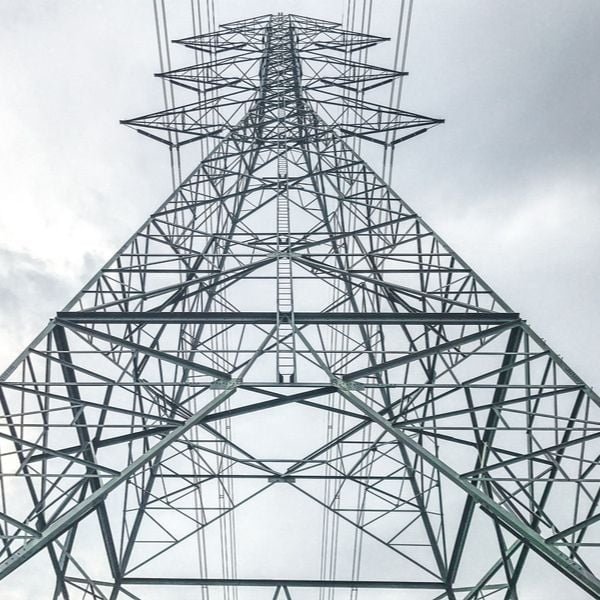
5G positioning opportunities
Geolocation in 5G is driving a shift for CSPs. The past few years have proven consumer privacy is of great importance by evolving towards a cookie-less era to protect citizens’ rights, hitting OTT revenue streams, shaking the advertising ecosystem, and putting mobile operators' biggest asset back at the center: their network.
With the wealth of location data they collect, telecommunication companies are in the position to compete on equal terms with the GAFA players thereby, turning their 5G investment into tangible results. Through the opening of private 5G networks, they can also address new verticals such as Industry 4.0 and connected vehicles, and truly reinvent their value-creation formula.
Most advanced location
Our unique approach to geolocation enables telcos to have a view over the location of their whole subscriber base, updated continuously and in real-time, a prerequisite to start tapping into value-added insights while meeting regulatory requirements.
AI-enriched insights
Designed by fast data experts, our software stack derives value from network-originated location data and leverages AI for user behavior analytics, automatic detection, and predictive maintenance.
Easy to integrate
Our 5G-ready location platform orchestrates the most extensive stack of location technologies on the market, and all our solutions are network-agnostic, compatible with any cellular network design. Our CAMARA-compliant device location APIs demonstrate our dedication to driving innovation in the telco industry;
Data-as-a-service and new verticals
MONETIZE YOUR MOBILITY DATA
moreMost successful telcos have created an extremely granular 360-view of their customers, at a very granular level, and rolled out cookie-free geodata solutions. Telco networks also connect machines; our location middleware locates, connects, and analyzes the behavior of devices and triggers real-time business processes. → Check out the whitepaper: Mobility data monetization.
NEW VERTICALS MARKETS
more5G significantly augments the network capacity and increases spatial accuracy, supporting the next wave of new connections related to IoTs. This is a great opportunity for mobile network operators to open their networks and serve new verticals such as Industry 4.0 or connected vehicles. → Read the article: What are telcos betting on?
COMMERCIAL USE CASES
moreThe death of third-party cookies has an immediate impact on targeting and advertising. The advertising ecosystem is looking for alternate sources of first-party data. CSPs own the best source of location data while playing by the rules, and this has become a competitive advantage for those who find alternative monetization routes. → Consult the webpage Marketing & Innovation.
SMARTER CITIES
moreLocation intelligence in 5G has a tremendous impact on several aspects of smart cities from real estate development to traffic and transport management, to crime prevention, and more. Our platform can reveal variations in foot traffic in a defined area, the routes most commonly by cyclists, pedestrians, cars, and buses, and changes in citizens’ activity and mobility. It also refines people segmentation, segmenting visitors by type (workers, tourists, residents) and allowing cities to implement changes that will enhance almost every facet of their services. → Discover the Paris Place de la Nation Project with Cisco.
Network monetization through APIs
moreAs a contributor to GSMA's CAMARA project, Intersec empowers operators to unlock new revenue streams and enhance user experiences. Our geolocation experts actively contribute to the Device Location API working group, driving innovation and advancement in location-based technologies., helping shape the future of location services and enabling limitless possibilities for telcos worldwide. With CAMARA's user-friendly APIs, telcos can harness the power of location data and deliver superior user experiences. → View the technical sheet - Network API Exposure.
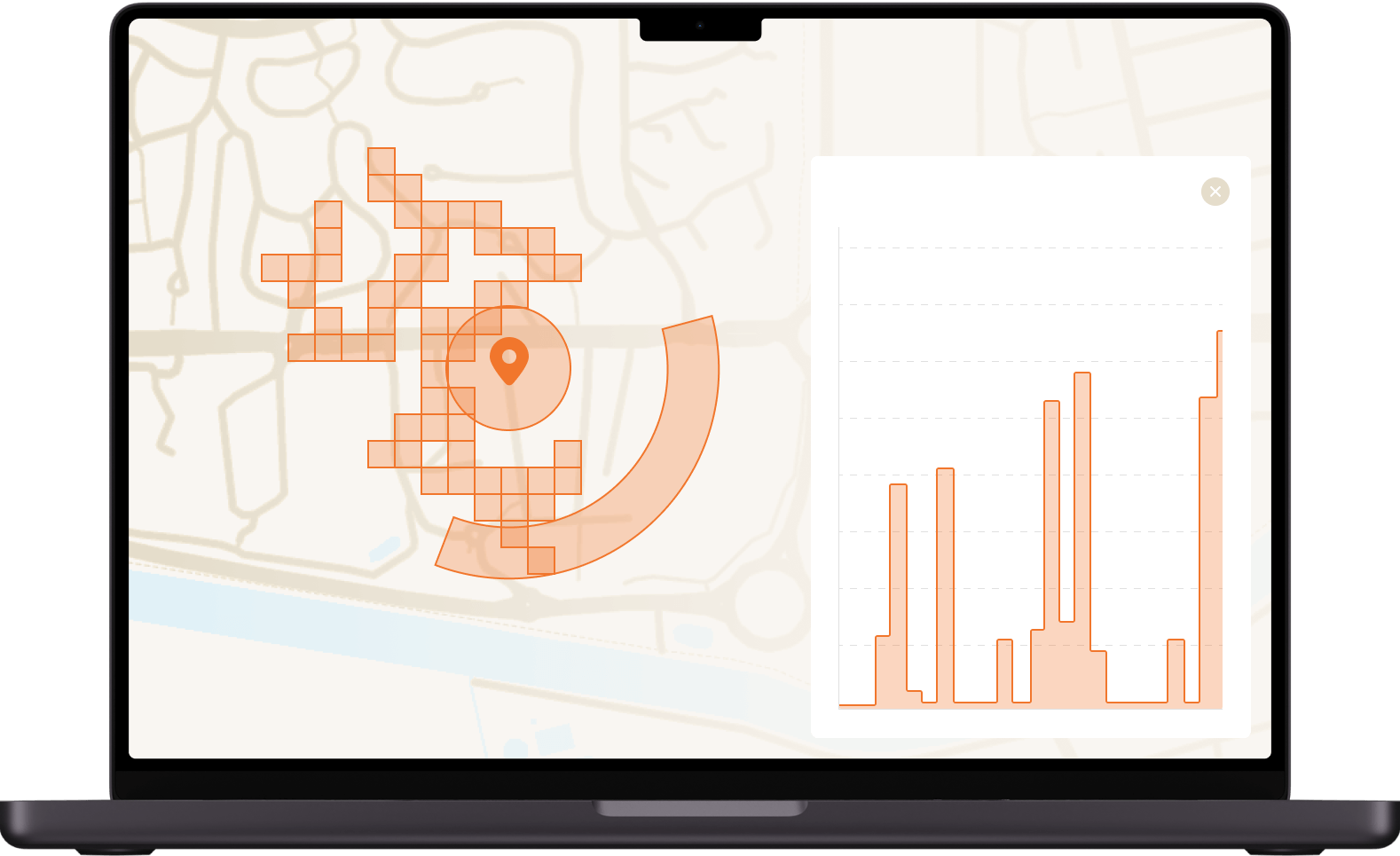
Agora
Location platform at scale in real-time
In full compliance with data privacy standards, our 5G-ready platform enables real-time mobile data extraction, processing, and reconciliation of unprecedented amounts of anonymized location records. This unique approach to geolocation allows mobile network operators to have a view over the location of their whole subscriber base, updated continuously and in real-time. Data is constantly processed to bring analytics on mobility patterns and triggers, bringing unique insights and unique real-time context detection capabilities. Telcos can then derive highly contextualized insights and consequently unlock disruptive location-based use cases in various fields, from efficiently warning people in case of danger to driving new revenue sources.
5G positioning enhancements
5G significantly augments the network capacity, supporting the next wave of IoT connections, is a great opportunity for mobile network operators to open their ecosystem to serve new verticals provided they have the proper tools to scale.
With greater data-bandwidth, operators can process data 4 to 5 times faster and unlocks various use cases around time-sensitive and mission-critical applications, AR/VR media and applications, UltraHD or 360-degree streaming.
With a refined positioning accuracy down to the centimeter, telcos can unlock a series of opportunities, in the fields of security, industry 4.0, logistics, smart factories, autonomous vehicles, etc.
Scale
Speed
Accuracy
Millimeter waves
Beamforming
Real Time Kinematics (RTK)
Millimeter waves occupy in the Extremely High-Frequency band (30 GHz+) of radio frequency spectrum. They can be used to provide high-bandwidth capacity in stadiums and airports, for example, more reliable service in urban areas, and faster download speeds.
Beamforming enables improved Signal-to-Noise Ratios (SNR) and increases signal range for both outdoors and - importantly - indoor coverage. Combined with mmWaves, it leads to greater location accuracy at the subcellar level, in milliseconds.
While the signal received from satellites is the same as in traditional GNSS, Real Time Kinematics (RTK) is a new reception method utilizing real-time data from a nearby reference station (e.g., 5G base station) resulting in cm-level positioning accuracy.
Scale
Speed
Accuracy
Millimeter waves
Beamforming
Real Time Kinematics (RTK)
5G significantly augments the network capacity, supporting the next wave of IoT connections, is a great opportunity for mobile network operators to open their ecosystem to serve new verticals provided they have the proper tools to scale.
With greater data-bandwidth, operators can process data 4 to 5 times faster and unlocks various use cases around time-sensitive and mission-critical applications, AR/VR media and applications, UltraHD or 360-degree streaming.
With a refined positioning accuracy down to the centimeter, telcos can unlock a series of opportunities, in the fields of security, industry 4.0, logistics, smart factories, autonomous vehicles, etc.
Millimeter waves occupy in the Extremely High-Frequency band (30 GHz+) of radio frequency spectrum. They can be used to provide high-bandwidth capacity in stadiums and airports, for example, more reliable service in urban areas, and faster download speeds.
Beamforming enables improved Signal-to-Noise Ratios (SNR) and increases signal range for both outdoors and - importantly - indoor coverage. Combined with mmWaves, it leads to greater location accuracy at the subcellar level, in milliseconds.
While the signal received from satellites is the same as in traditional GNSS, Real Time Kinematics (RTK) is a new reception method utilizing real-time data from a nearby reference station (e.g., 5G base station) resulting in cm-level positioning accuracy.
Featured content
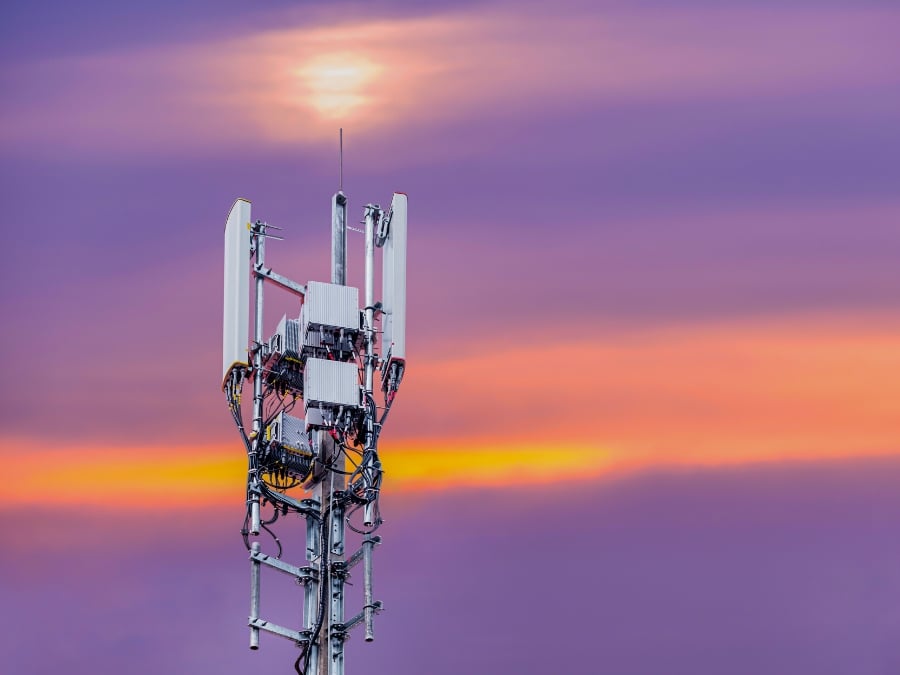
5G Non-Stand Alone (NSA) vs. 5G Standalone (SA): Don't Get Fooled!
Commercial use cases
Network exposure through APIs

Telecom network and service exposure enables secure, API-based access to 5G network capabilities—such as activity, mobility, and advanced data services.
Digital customer journey

Leveraging smart segmentation, contextual insights, AI-based predictions, and workflow automation, telcos can create impactful marketing campaigns and offer stellar experiences to their subscriber customer base.
Location-based advertising

In a cookieless world, telcos provide a hyper-targeted marketing reach via high-engagement channels, allowing brands to reach customers in a personalized and contextualized way the instant they enter a defined area.
Roaming monetization

Roaming revenues have been hit hard in recent times. Fast Data is a powerful ally that can enable visibility into how roamers behave, helping telcos formulate data monetization strategies.
5G positioning opportunities

With the wealth of location data they collect, telecommunication companies are in the position to compete on equal terms with the GAFA players thereby, turning their 5G investment into tangible results.
Smart Cities

Thanks to mobile and/or Wi-Fi data, it is now possible to have more granular insights regarding security, traffic flow, IoT, ecology, and many other cases. These analysis are of great value prior to refurbishing an area or reorganize a transportation path for instance.
Get started with Intersec

We help telcos and public authorities embrace the digital revolution as we believe data transform the way our customers work.
Let us answer your questions and explain how we can help.
Subscribe to our newsletter
Some of our prestigious clients




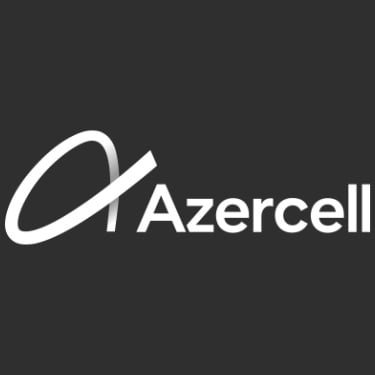


.webp)
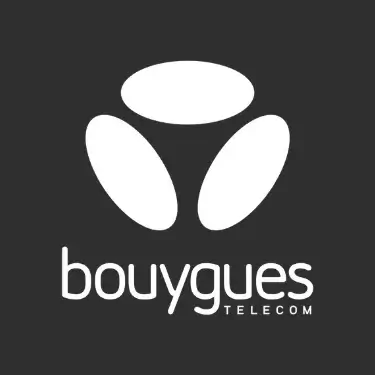

.webp)
